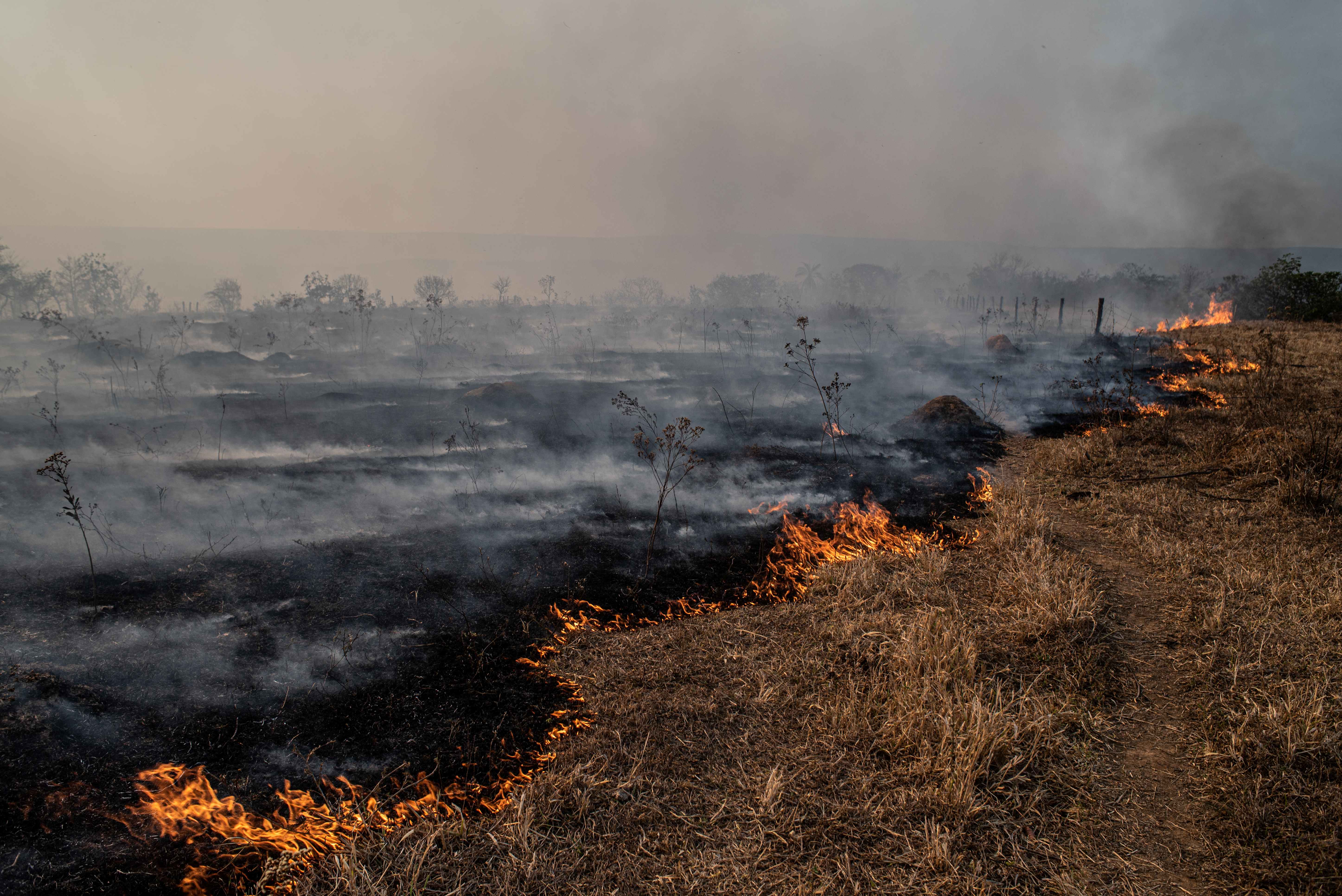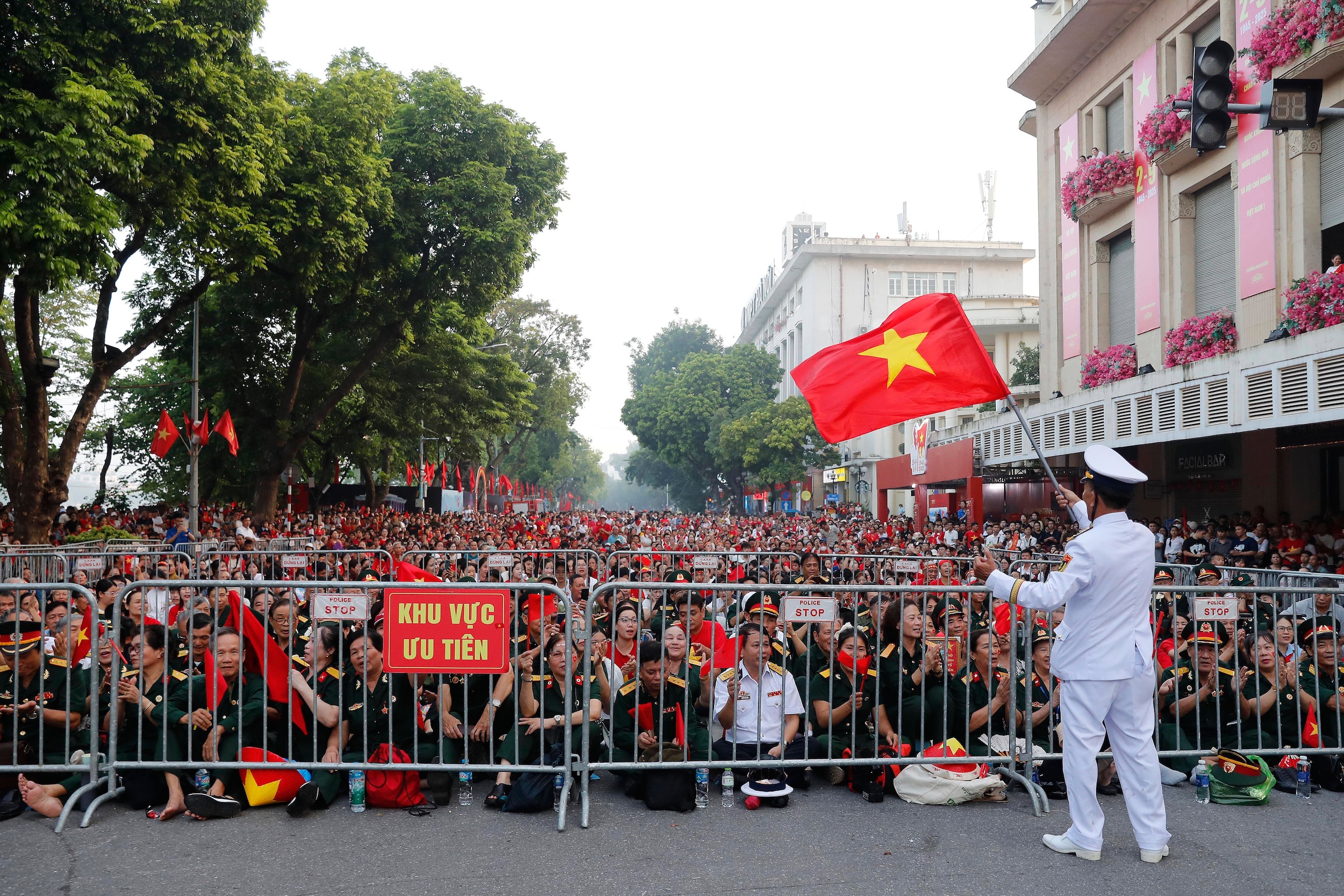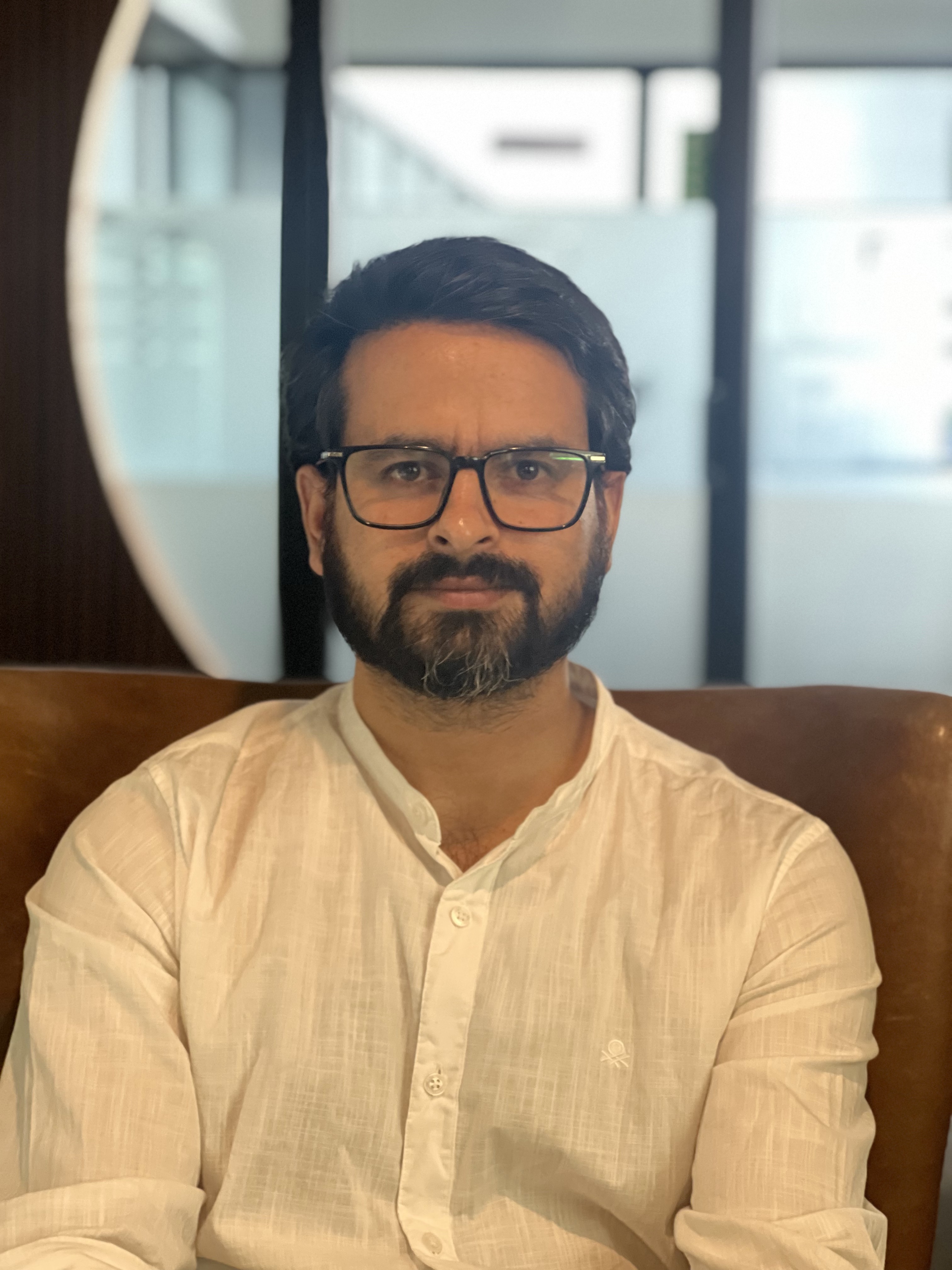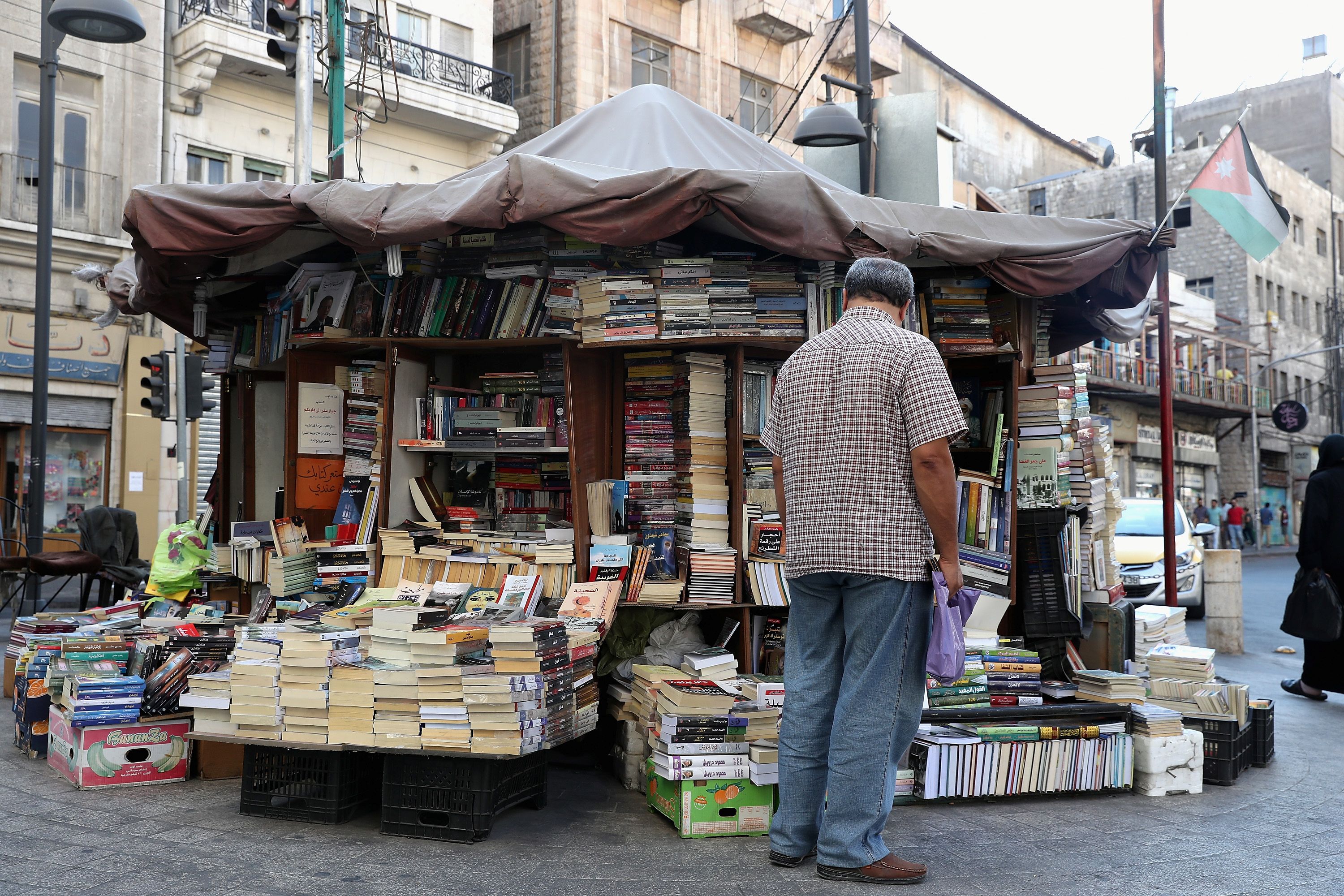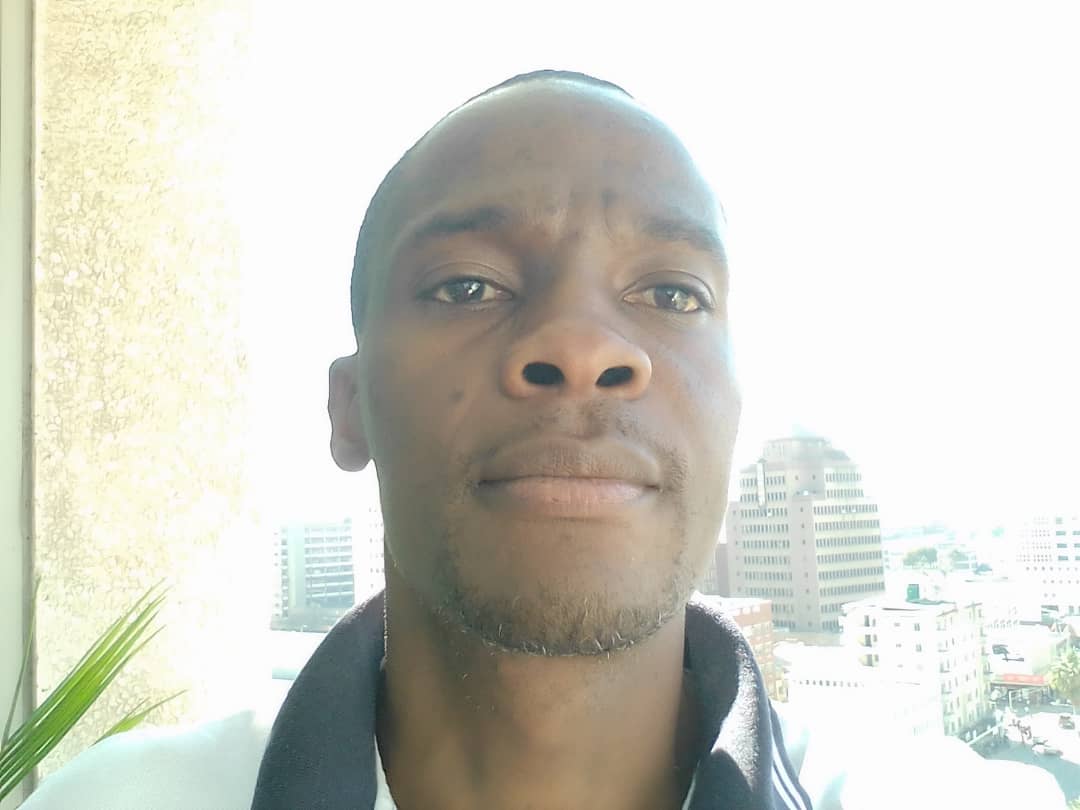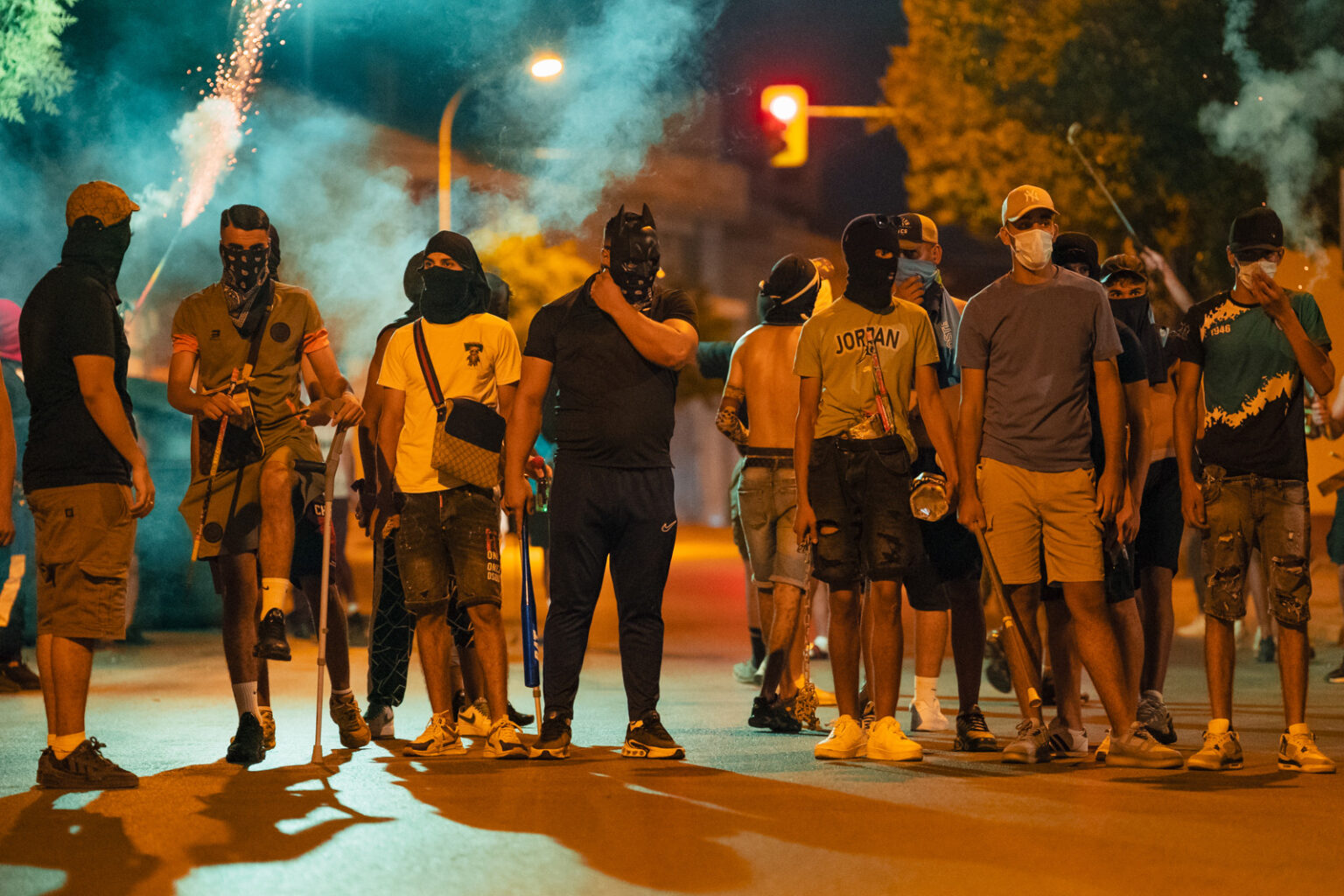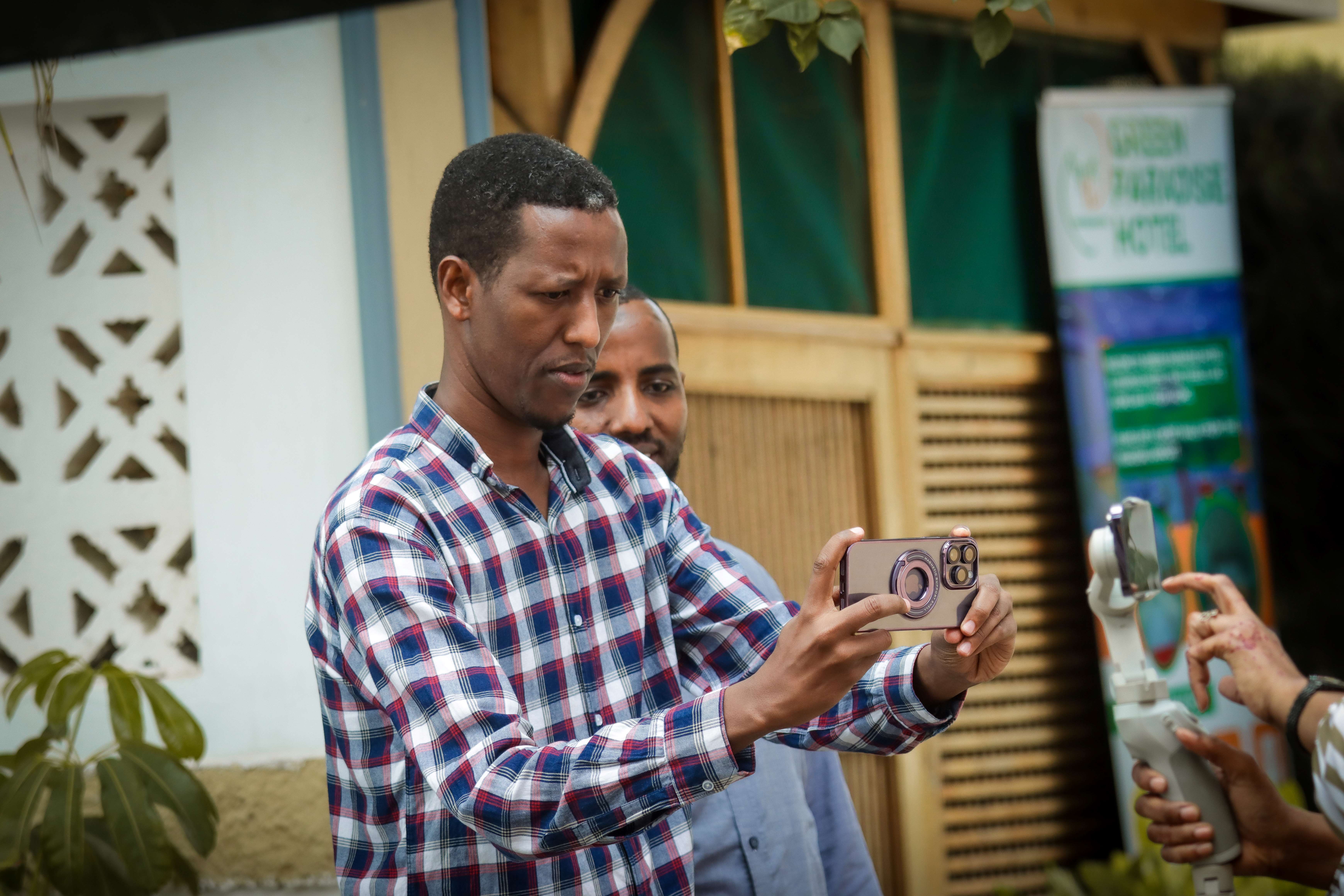"تحقيقات المصادر المفتوحة في طريقها إلى الجماهيرية".. وقعت عيني على هذه الجملة وأنا أقرأ تقريرا في مجلة "نيمان لاب" أعدته حول أبرز التوقعات لعام 2020، ضمن تقليد دأبت عليه المجلة مطلع كل عام.
مع نهاية كل عام، تستطلع المجلة آراء بعض أمهر الصحفيين وأكثرهم كفاءة عبر العالم، والهدف بسط توقعاتهم وتحليلاتهم لما قد يحفل به العام الجديد للصحافة وصناعة الإعلام الرقمي واتجاهات الجمهور.
ضمن هذه التوقعات، رأى أحد هؤلاء الصحفيين أن التحقيقات من المصادر المفتوحة تتجه في العام 2020 إلى الجماهيرية، ذلك أنها بدأت تفرض نفسها -ولو تدريجيا- على صناع القرار التحريري في غرف الأخبار.
قد يكون هذا التوقع/ الاستنتاج موغلا في التفاؤل، بحكم أن التحقيق الصحفي بمفهومه التقليدي يبقى مكلفا ماليا وزمنيا، ويحتاج في غالب الأحيان إلى مصادر صحفية حصرية للحصول على المعلومات. ليس ذلك فحسب، بل إن الحكومات وأقطاب المال والأعمال يتفننون في إخفاء المعلومات والأدلة التي قد تدينهم في قضايا مثل الفساد وسوء الحكامة والاتجار بالبشر والإضرار بالبيئة، وغيرها من المخالفات الشائعة.
غير أن بعض الوقائع والقضايا في السنوات الثلاث الماضية، أظهرت بما لا يدع مجالا للشك أن التحقيق بمفهومه التقليدي ومنهجية عمله المعهودة، قد لا يكون السبيل الوحيد للتقصي، والفضل يعود في ذلك إلى الإمكانيات الهائلة التي باتت توفرها المصادر المفتوحة للصحفيين.
وفي هذا المقال سنتعرف على مفهوم التحقيقات المفتوحة المصادر، ونماذج من القضايا التي كان فيها الفضل لهذا النوع من الصحافة، مع تسليط الضوء على فرص نجاحه في اقتحام غرف الأخبار مستقبلا.
ما هي التحقيقات المفتوحة المصادر؟
التحقيقات المفتوحة المصادر مفهوم جديد على التداول اليومي للصحفيين، لم يكسب بعدُ شهرة واسعة ولم يتعرض للتنظير بالشكل الكافي، ويشار إليه في لغة الصحفيين الحديثة بالتعبير الإنجليزي "أوسينت" (OSINT)، وهو اختصار لعبارة "Open Sources Intelligence".
تشكل الخرائط ووسائل التواصل الاجتماعي وبيانات الطقس ومواقع رصد حركة الطيران المدني والعسكري وغيرها، العمود الفقري للتحقيقات المفتوحة المصادر. وقد تحولت في الآونة الأخيرة إلى روافد رئيسية لإنجاز تحقيقات استقصائية عن قضايا بالغة التعقيد لا تقل أهمية عن التحقيقات الاستقصائية التقليدية.
بدأ الأمر في البداية كهواية لدى بعض الصحفيين، ففي يوليو/تموز 2014 أسس الصحفي والمدون البريطاني إليوت هيغينز موقع "بلينغات" للتحقيقات الرقمية، وسطع نجمه في سماء الإعلام الرقمي عقب نشره تحقيقات من المصادر المفتوحة عن قضايا مثل قصف النظام السوري للغوطة الشرقية بالسلاح الكيميائي، والتوصل إلى نتائج تثبت إسقاط روسيا للطائرة الماليزية المعروفة اختصارا باسم "أم.إتش17".
وبفضل جهود الصحفي البريطاني ومنصة "بلينغات"، أصبحت التحقيقات المفتوحة المصادر منهجا وقالبا صحفيا يزداد الاعتماد عليه في غرف الأخبار عبر العالم، بل إن مشاريع صحفية من هذا النوع حصلت على جوائز قيمة، والنموذج هنا من منصة "عين أفريقيا" التابعة لهيئة الإذاعة والتلفزيون البريطانية.
لغز الطائرة الأوكرانية.. الحجة
صباح الأربعاء 8 يناير/كانون الثاني 2020، استيقظ العالم على حدثين عالميين بارزين، قصف إيراني على قواعد عراقية تستضيف قوات أميركية، وتحطم طائرة ركاب أوكرانية بعد دقائق من إقلاعها من مطار الإمام الخميني في طهران.
طوال اليوم الأول، لم تلتفت الكثير من وسائل الإعلام الدولية إلى حادثة تحطم الطائرة الأوكرانية، وهذا ربما أمر مفهوم، فهجوم الإيرانيين على قواعد تستضيف قوات أميركية حدث جلل من وجهة النظر الصحفية، إذ هو تطور كبير في سياق التصعيد الأميركي الإيراني عقب مقتل قائد فيلق القدس الجنرال قاسم سليماني في غارة أميركية قرب بغداد.
وبينما استبعدت الحكومة الإيرانية منذ اليوم الأول فرضية إسقاط الطائرة الأوكرانية بصاروخ خلال ليلة الهجوم على القواعد العراقية، دخل صحفيون غربيون على الخط. مقطع فيديو ومسار تحليق الطائرة من موقع متخصص وخرائط غوغل، كانت كافية لنسف الرواية الرسمية الإيرانية وترجيح كفة فرضية إسقاط الطائرة بصاروخ.
تمكن موقع "بلينغات" بالتعاون مع صحيفة "نيويورك تايمز" من التقصي عن فرضية إسقاط الطائرة، وباستخدام مشاهد من مقطعي فيديو من مواطن كان يقطن في منطقة سكنية مجاورة لمكان تحطم الطائرة الأوكرانية، بالإضافة إلى بيانات تحليق الطائرة ومسارها من موقع "فلايت رادار"، وخرائط غوغل لمحيط موقع التحطم، جرى إثبات الفرضية، فاضطرت السلطات في طهران إلى الاعتراف بإسقاط الطائرة نتيجة ما قالت إنه خطأ بشري من الحرس الثوري الإيراني.
عربيا، لا تزال التحقيقات المفتوحة المصادر أمرا غير مألوف في غرف الأخبار. بيد أن ما يثير الاهتمام أن بعض المؤسسات الإعلامية العربية بدأت تؤمن بقدرة المصادر المفتوحة على تسليط الضوء على بعض القضايا الأكثر تعقيدا.
في قناة "الجزيرة" مثلا، جرى تأسيس وحدة الرصد والتحقق داخل القطاع الرقمي لشبكة الجزيرة الإعلامية، بهدف مسايرة التجارب العالمية الرائدة في رصد المحتوى من المصادر المفتوحة والتحقق منه.
في ديسمبر/كانون الأول الماضي، رصدنا في الوحدة من خلال لقطات تلفزيونية بثها الإعلام الحربي التابع لقوات اللواء المتقاعد خليفة حفتر، وجود مدرعات عسكرية يشتبه في أنها مصرية، ضمن عتاد عسكري أثناء تدريبات عسكرية.
استطعنا بالاعتماد على صور ومقاطع فيديو في مواقع التواصل ومواقع متخصصة في التسليح من إثبات أن المدرعات فعلا مصرية أميركية الصنع، وجرى تزويد قوات حفتر بها من قبل الجيش المصري، وهي جزء من حملة الدعم التي توفرها مصر لحليفها في الشرق الليبي رغم وجود حظر دولي على تصدير الأسلحة إلى ليبيا.
ضيف جديد على غرف الأخبار
بالعودة إلى السؤال المطروح في مقدمة هذا المقال، يتوقع مراقبون لمسيرة الإعلام الرقمي وتطوراته المتسارعة أن تجد التحقيقات المبنية على المصادر المفتوحة موطئ قدم في غرف الأخبار داخل المؤسسات الإعلامية خلال العام 2020.
ولعل ما يدعم هذه الفرضية هو الاعتماد المتزايد من قبل وسائل الإعلام على المصادر المفتوحة في التغطية الصحفية، وبدء هذا النوع من الاستقصاء الصحفي من كسب الاعتراف والفوز بجوائز مرموقة.
وحتى يتحقق هذا المراد، لا بد في البداية أن يضع الصحفيون رواد التحقيقات من المصادر المفتوحة مناهج علمية وإستراتيجيات عملية لتنفيذ هذا النوع من الاستقصاء الصحفي. كما يقتضي الأمر وضع معايير أخلاقية للتعامل مع هذه المصادر، وطريقة استغلالها في التحقيق الصحفي، حتى لا تتقاطع في جوانب منها مع عمل وكالات الاستخبارات.
* الصورة من موقع "بيلينغات".




![Palestinian journalists attempt to connect to the internet using their phones in Rafah on the southern Gaza Strip. [Said Khatib/AFP]](/sites/default/files/ajr/2025/34962UB-highres-1705225575%20Large.jpeg)

